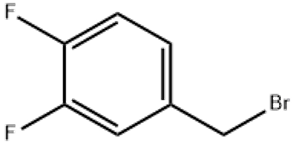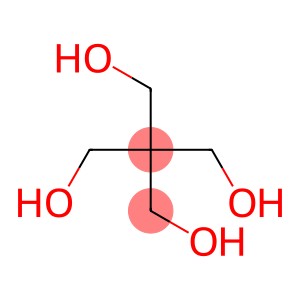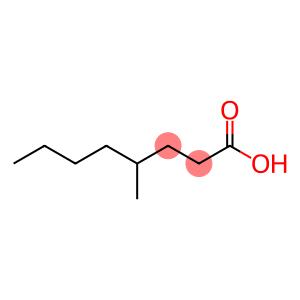3 4-Difluorobenzyl bromide(CAS# 85118-01-0)
| Risk Codes | R34 – Causes burns R36/37 – Irritating to eyes and respiratory system. R36 – Irritating to the eyes |
| Safety Description | S23 – Do not breathe vapour. S26 – In case of contact with eyes, rinse immediately with plenty of water and seek medical advice. S27 – Take off immediately all contaminated clothing. S36/37/39 – Wear suitable protective clothing, gloves and eye/face protection. S45 – In case of accident or if you feel unwell, seek medical advice immediately (show the label whenever possible.) |
| UN IDs | UN 3265 8/PG 2 |
| WGK Germany | 3 |
| HS Code | 29039990 |
| Hazard Note | Corrosive/Lachrymatory |
| Hazard Class | 8 |
| Packing Group | III |
Introduction
3,4-Difluorobsyl bromide is an organic compound with the chemical formula C7H5BrF2. The following is a description of its nature, use, preparation and safety information:
Nature:
- 3,4-Difluorobenzyl bromide is a colorless liquid.
-It has a density of 1.78g/cm³ and a boiling point of 216-218 degrees Celsius.
-At room temperature, it can be dissolved in organic solvents such as ether and chloroform.
Use:
- 3,4-Difluorobenzyl bromide is often used as a reagent in organic synthesis. It can be used to synthesize organic compounds with specific structures and properties.
-It can also be used as an intermediate in medicine and pesticides.
Preparation Method:
The preparation of -3,4-Difluorobenzyl bromide can be obtained by reacting 3,4-difluorobenzaldehyde with sodium bromide under appropriate reaction conditions.
Safety Information:
- 3,4-Difluorobenzyl bromide requires attention to safety precautions during storage and handling.
-It should be stored in a closed container, avoid contact with air and moisture.
-Wear appropriate protective gloves and glasses when using.
-Avoid inhaling, chewing or touching the skin during operation.
-When disposing of waste, it should be handled and disposed of in accordance with relevant national and regional regulations.
Please ensure that the relevant safety procedures are strictly followed when using this compound, and appropriate protective measures are taken according to the specific situation. If you have any further operational questions, please consult a professional or the relevant guidance of the organic chemistry laboratory.







